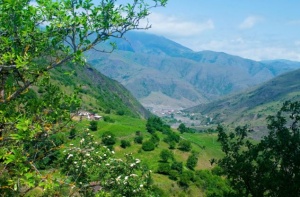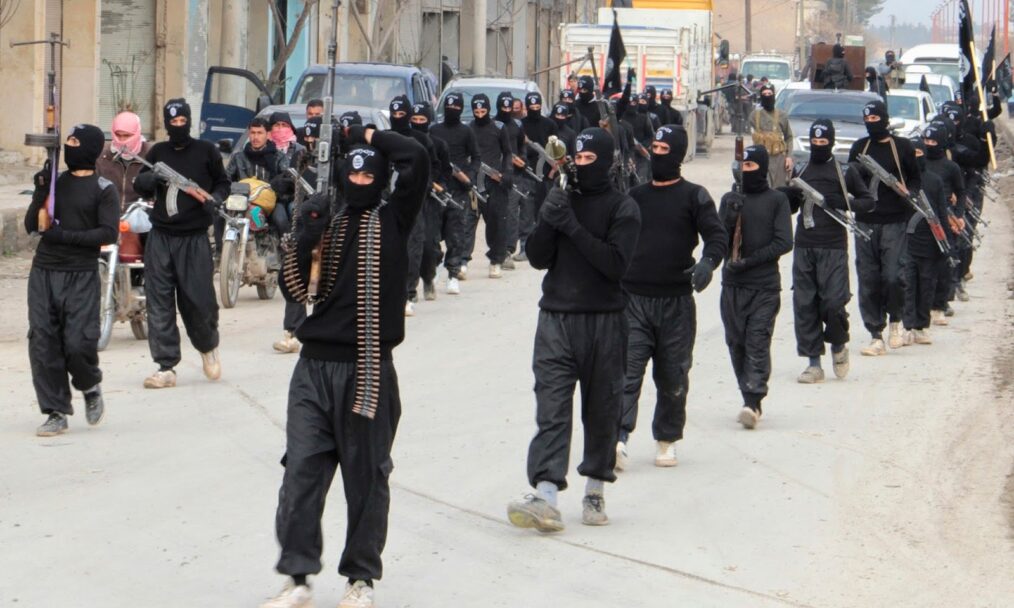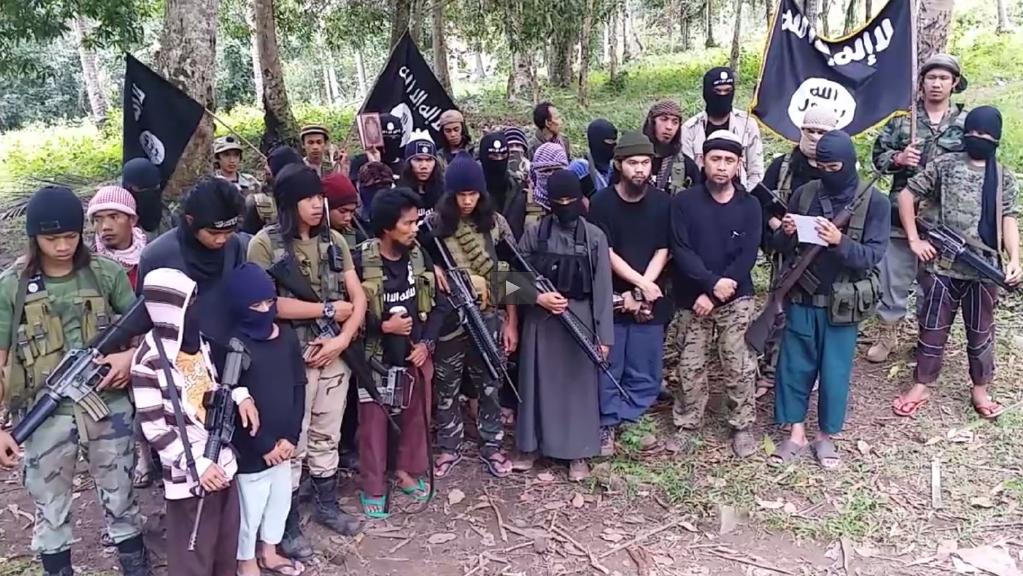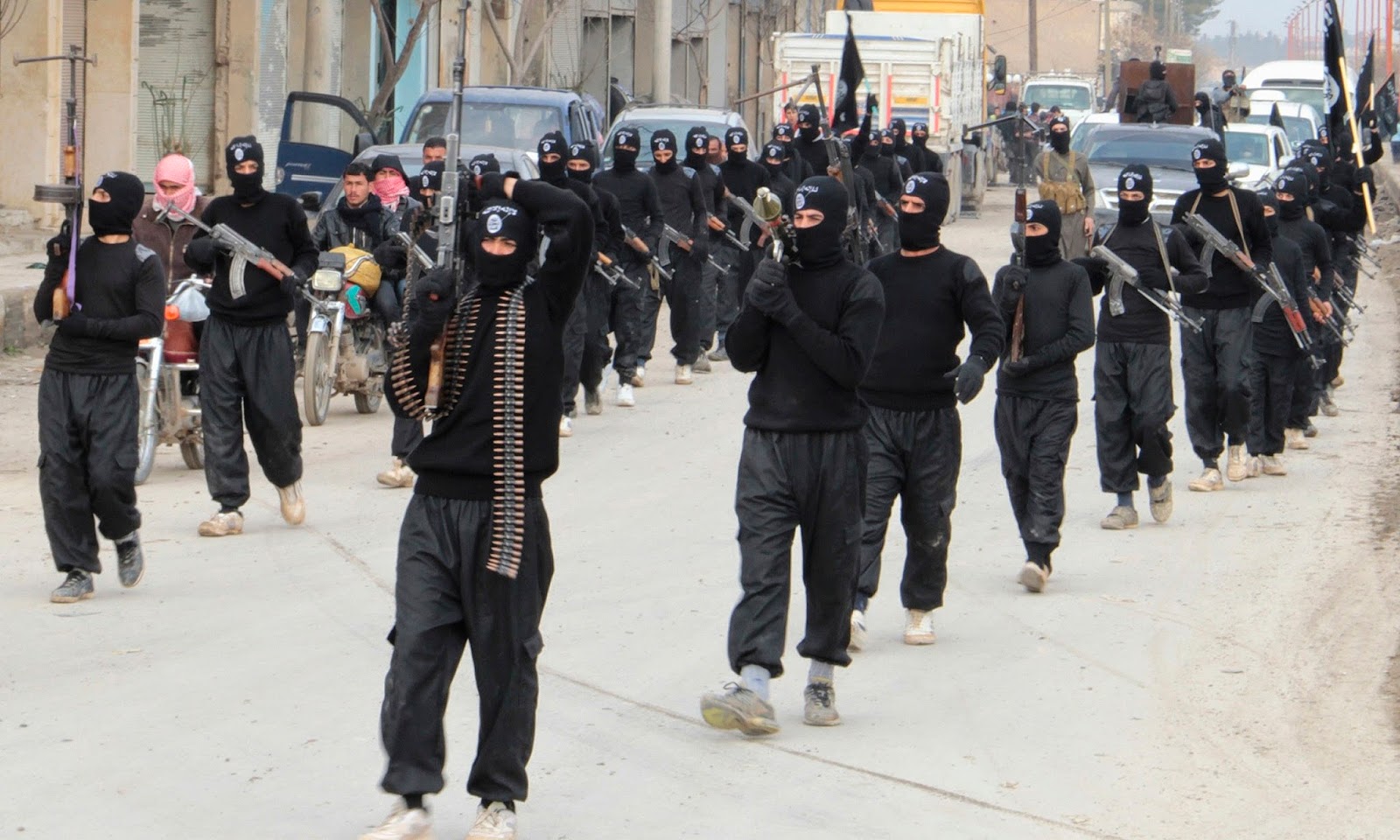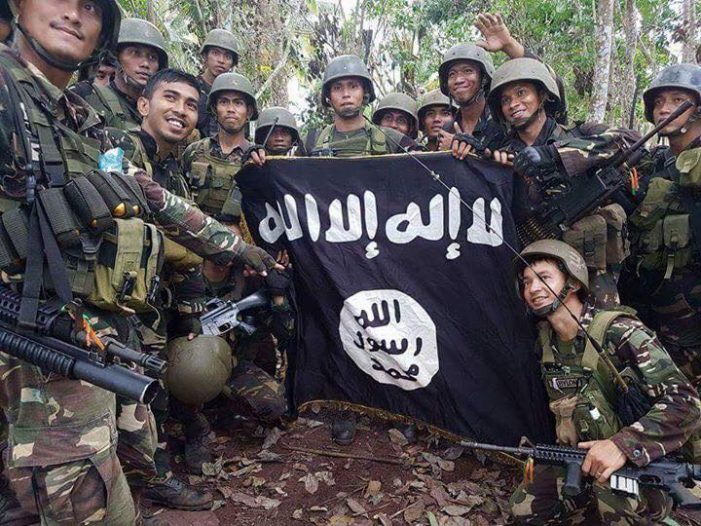Bosnia and Herzegovina initiated significant steps recently toward repatriation of its citizens accused of being foreign fighters in the Syrian conflict. Security matters in the small Balkan nation are already complex, however this development highlights the need for deradicalization and reintegration programs, especially in a state that struggles to achieve cohesive unity. It is only through these measures that Bosnia can challenge any new allegations that it is a key source of foreign fighter recruitment in Europe.
A Short History
Bosnia is no stranger to the sensationalism of violent acts for terrorist recruitment. Barbarous events committed against Bosnian Muslims during the 1992-95 Bosnian War — part of the dissolution of the Socialist Federal Republic of Yugoslavia — compelled those at home to take up arms, but provided terrorist organizations, such as Al-Qaeda, with an opportunity to usurp a domestic tragedy and turn it into a transnational recruitment campaign too. The foreign Bosnian mujahideen rose from this situation. Arrival of foreign fighters from the Middle East, North Africa, Europe and the United States provided violent extremists with a preliminary foothold in the Balkan nation.
For the most part, Bosnian Muslims were immune to radicalization efforts because they follow a tolerant version of Islam. However, those that were continued to espouse extremist interpretations of the Islamic faith. They retreated to mountain villages in the north and detached from wider Bosnian society. It is in these villages that children are instructed in an extremist curriculum organized by private entities, such as clerics linked to terrorist organizations.
These factors led Bosnia to be considered a terrorism hotspot in Europe and a security failure on the brink. For instance, French President Emmanuel Macron recently expressed, “If you’re concerned about this region, the first question is neither Macedonia, nor Albania, it’s Bosnia-Herzegovina. The time-bomb that’s ticking right next to Croatia, and which faces the problem of returning jihadists.”*
Leaving Home
By 2015, it was widely reported that approximately 300 Bosnian citizens left to fight in Iraq and Syria. This was an alarming number for a country with a relatively small population of 3.3 million. Analysts highlighted that this ranked the Balkan nation as the top exporter of foreign fighters per capita in Europe. Further, continued political instability and a government often in deadlock led many to believe that the security situation would quickly deteriorate in Bosnia — as well as the wider region — were these foreign fighters to return home.
Daesh recognized the unique qualities inherent in recruitment in Bosnia and Herzegovina. Villages that purposely disconnected with Bosnian society provided recruiters with ample young minds. Extremists breathed new life into past injustices of the Bosnian War to remind confused youth that only a caliphate would protect Muslims. Some religious leaders went so far as to command that defending the caliphate was the only proper path. Fighting for a greater cause offered young Bosniak men an occasion for “self-validation, self-respect, group belonging, and purpose” in a nation struggling with ethno-nationalist divisions, economic development and unemployment. Propaganda emerged that directly targeted Bosnian citizens to travel as foreign fighters or engage in attacks at home.
To further complicate matters, many women joined to become wives of fighters. Many claim that they were manipulated whilst others fully embraced the radical ideology of Daesh. Nonetheless, it is the children of these unions that are often considered to be the most problematic, as they are stateless, as well as raised in a questionable system of beliefs.
Countering the Threat
Despite these developments, it would be unfair to deduce that Sarajevo has done little to address extremism. The country passed legislation in the early 2000s that outlawed participation in terrorist organizations and their funding. In 2014, Bosnia amended its Criminal Code to extend prison sentences for those convicted of terrorist recruitment to ten years. Those condemned for fighting overseas faced a three-year prison term. It became the first country in Europe to implement such severe penalties.
Further, Bosnian intelligence and law enforcement agencies actively conduct investigations and raids on those suspected of engagement in terrorist organizations. Extremist clerics face conviction in the courts, as demonstrated by the widely covered trial of Husein ‘Bilal’ Bosnić. These combined efforts contributed to the collapse of the number of individuals that left Bosnia to fight in foreign lands by 2015.
Repatriation Problems
As it currently stands, approximately 260 Bosnian citizens remain in detention camps holding those that travelled to be a part of the Islamic State. On November 11, Bosnian Security Minister Dragan Mektić announced that Sarajevo would accept all confirmed Bosnian citizens accused of involvement with Daesh and initiate legal proceedings against them. The Bosnian initiative to transfer these individuals spurred Macron to utter his prior statement and highlighted the need for Sarajevo to pursue specialized deradicalization and reintegration schemes once again.
A number of issues must be addressed so that Bosnia can have a smooth repatriation process for all foreign fighters returning home. Such an effort would extend into a broader counter terrorism endeavor that would benefit the entire country. First and foremost, Sarajevo must invest heavily in the development of deradicalization programs, especially in the prison system. Foreign fighters that return home — without psychological supports — will find their kin with others incarcerated and consequently remain active in terrorist movements. Additionally, clerics that speak out against extremism should be supported, consulted and their messages applied to those seeking non-extremist interpretations of Islam in Bosnia. These are more common than the loud voices of extremism.
Reintegration programming is key, however Bosnia has not exerted much effort in regard to these objectives. The fact remains that even lengthy prison sentences come to an end and former fighters must reengage with the community around them. It is a difficult task, especially for youth, that entered the battlefield young and with little life experience. Therefore, reintegration of children of Daesh fighters and wives is of paramount need. They must be exposed to common social interactions, education and civic opportunities to ensure their futures do not involve extremist rhetoric or violence. It is the only way to quash such tendencies in the future.
In general, Bosnia and Herzegovina faces significant domestic problems separate from the return of foreign fighters. The country remains chronically economically stagnant, therefore social programming in this regard may not have been high on the agenda, especially under the spectre of weak government institutions. Nonetheless, it is palpable that Sarajevo comprehends the wider consequences of mishandling the repatriation of fighters, their wives and children. Rather than a focus on the issue being a ‘ticking time bomb’, it is best to present it as an avenue towards development of a strong deradicalization and reintegration strategy, with lasting effects.
- While a contentious term, jihadist was kept to retain the integrity of the direct quote.
Réjeanne Lacroix is the Editor-in-Chief at Rise to Peace



